Yankee Hill Was Height Of Early Milwaukee Society
Area settled by New England transplants still has 19th century mansions and churches.
Distance: Two miles
Start: Corner of N. Astor St. and E. Ogden Ave.
Parking: On the street
Yankee Hill was the richest and most prestigious of Milwaukee’s early neighborhoods. As Harry Anderson and Frederick Olson wrote in Milwaukee: At the Gathering of the Waters, “The initial wave of settlement reflected the social and cultural heritage of New York and New England. Public and educational endeavors, musical and dramatic performances, book stores, reading rooms, library societies, and lyceums were encouraged and supported.”
Most of the New Englanders who began arriving in Milwaukee in the mid-1830s were college educated and became Milwaukee’s elite. To showcase their wealth, they built stately homes in Yankee Hill, an area of gently rolling hills north of Downtown. The boundaries of Yankee Hill are defined by E. Ogden Ave. and E. State St. on the north and south and N. Lincoln Memorial Dr. and N. Jackson St. on the east and west. The streets, laid in a rectangular grid by Solomon Juneau in 1835, reflect the names of presidents, Jefferson and Jackson, as well as early Milwaukee settlers, Juneau and Ogden, and include the names of prominent citizens, Astor and Franklin.
In the late 1800s, Germans and Irish began to move into Yankee Hill, while at the same time, the Yankees began to move to outlying neighborhoods. By 1920, Yankee Hill was a melting pot of European immigrants including Italians, Scots, French and Austrians.
Starting in the 1920s, many single-family homes were razed to make room for apartments and many formerly elegant mansions were converted to rooming houses. In 1941, dozens of homes were demolished to widen Kilbourn from an avenue to a boulevard.
The demolition continued into the 1950s when the city’s Redevelopment Authority razed 223 buildings. More homes were destroyed when the county tried to build a freeway spur from I-43 to Lincoln Memorial Drive. Activists stopped the freeway at Jefferson St. and that spur was removed in the early twenty-first century.
After this period of demolition and decay, gentrification began in the 1990s thanks to Yankee Hill’s proximity to Downtown, shops and restaurants. Today we see a mix of condos, apartments, and a few of these original homes built by early settlers.
The Walk
We begin at the corner of Ogden and Astor at the First Unitarian Church. This church, built in Gothic Revival Style, is similar to medieval parish churches of England and looks exactly as it did when it was built in 1891-92. Rock-faced limestone walls and steep gable roofs give it an organic appearance as if the architects designed it to be a solid anchor on the northern boundary of Yankee Hill.
Walk south on Astor, turn right on E. Knapp St., and continue to St. Paul’s Episcopal Church. This is Milwaukee’s oldest church, founded in 1838 and famous for its Tiffany Studio’s stained-glass windows. With its red sandstone walls and massive towers, it’s a neighborhood landmark.
Continue south on Cass and look for the home at 1135, the John Dietrich Inbusch House, one of the finest examples of formal Italianate square design in Wisconsin.
When you get to E. Juneau Ave. there are two more churches, Summerfield United Methodist and one-half block east on Juneau, the Cathedral Church of All Saints, the first Episcopal Cathedral in the United States.
At 1007 Cass, note the Café at the Plaza, a popular breakfast and lunch diner located inside the Plaza Hotel. The hotel was built during the jazz age in the 1920s and is a fine example of that art deco period. During World War II, the café was lined with cots to provide a resting place for Navy soldiers. It’s been a full-service restaurant since 1950.
When you come to Kilbourn, turn right and continue to Cathedral Square Park, which took its name from the Cathedral of St. John the Evangelist, the first Catholic church built in Milwaukee.
Cathedral Square Park, a small urban park in the East Town neighborhood, is the site of Milwaukee’s first courthouse and adjoining jail built by Solomon Juneau and Morgan Martin in 1836 for $8,000 on land where deer roamed and cows grazed. They later donated the building and the land to the county. The building was replaced by a second more ornate courthouse which was torn down in 1939 after the courthouse moved to its present location. Today you will find no trace of those former public buildings.
Retrace your steps and walk east on Kilbourn to Astor and turn left on Astor. Just north of Juneau, at 1037, you will see the former James K. Ilsley House, patterned after a French Renaissance chateau. At 1122, note the James S. Brown Residence which sits on the highest ground between the river and Lake Michigan. Further north on Astor you will come to the fifth aforementioned Protestant church, Immanuel Presbyterian. It opened in 1875 and was almost totally destroyed by fire in 1887.
At Ogden you have completed this tour of Yankee Hill where most of the original homes have been demolished as they were pushed aside for progress. You have seen a few of the remaining elite homes built by wealthy residents who showcased their wealth in brick and stone. This is a walk to repeat; there will always be more to see as you traverse the streets of Yankee Hill.
Along the Walk
If you think stories like this are important, become a member of Urban Milwaukee and help support real, independent journalism. Plus you get some cool added benefits.
Milwaukee Walks
-
A Lovely Walk Along the Milwaukee River
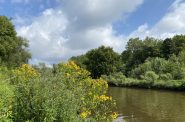 Aug 17th, 2024 by Cari Taylor-Carlson
Aug 17th, 2024 by Cari Taylor-Carlson
-
Kilbourntown Tour Offers Tons of History
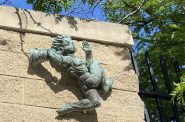 Oct 8th, 2023 by Cari Taylor-Carlson
Oct 8th, 2023 by Cari Taylor-Carlson
-
Riverwest Is a Melting Pot
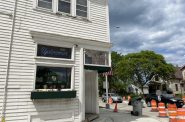 Aug 25th, 2023 by Cari Taylor-Carlson
Aug 25th, 2023 by Cari Taylor-Carlson


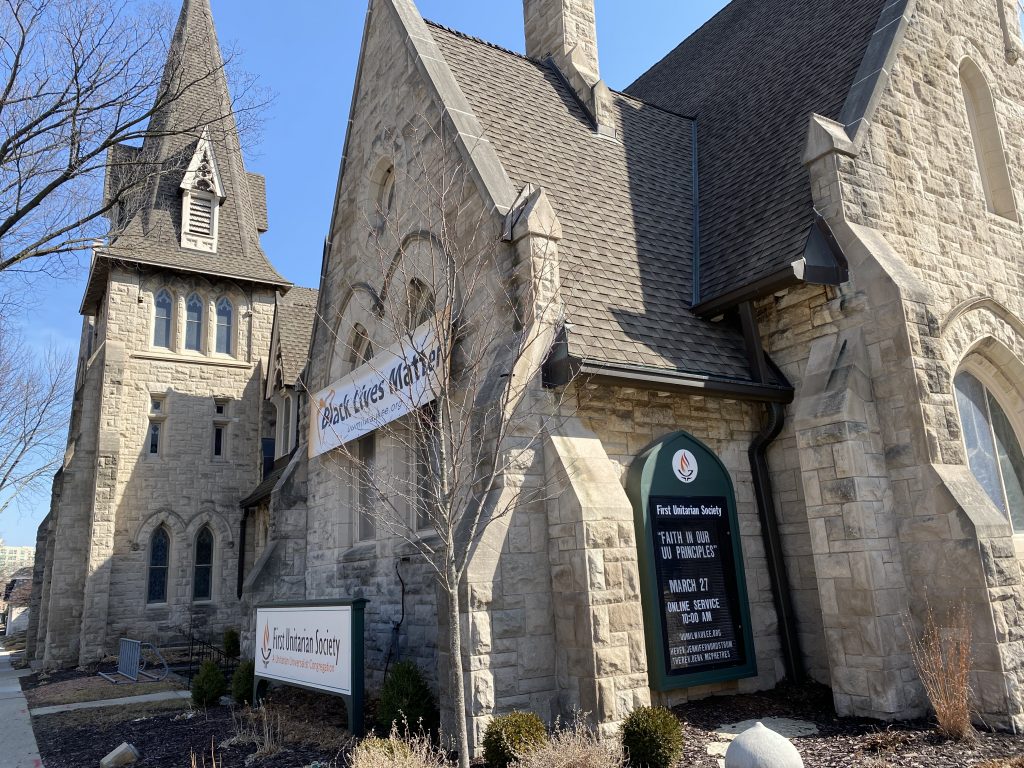
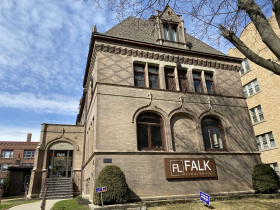
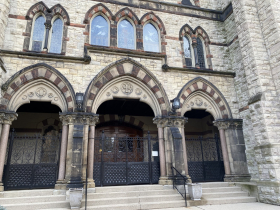
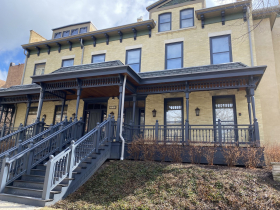
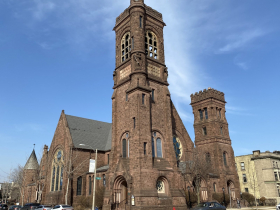
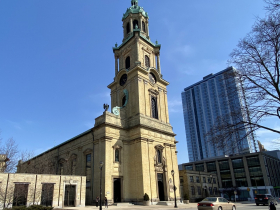
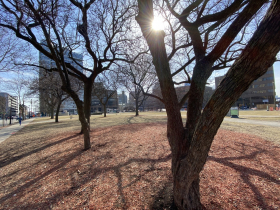

















Image 4 of 14 is NOT the First Unitarian Church.
@TransitRider Thanks. Fixed.